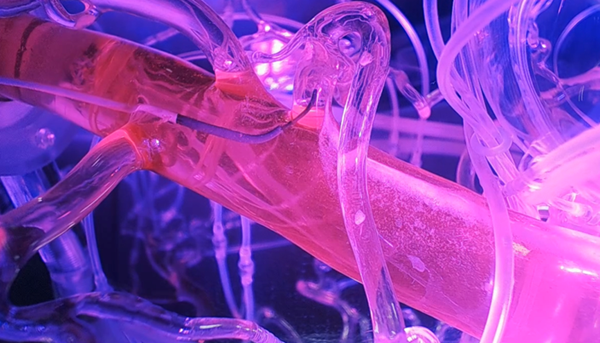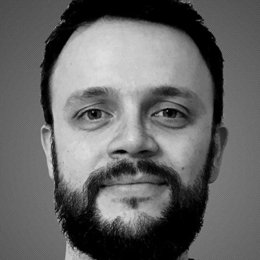Image processing
I am Giulio Dagnino and I work as an Assistant Professor of Medical Imaging for Robotics in the Robotics and Mechatronics (RaM) Lab, at the University of Twente. My research interests and expertise are in robotics and computer assistance for medical applications. I aim to develop novel technologies to improve the current medical procedures, including enhanced treatment and diagnosis. My overall objective is providing as much support to the clinical team and improving the quality of life of patients.
Background
I received a MSc in Bioengineering in 2007 at the Università degli Studi di Genova, Italy. I graduated with a PhD in Medical Robotics from the Istituto Italiano di Tecnologia in 2013, with a dissertation on new technologies for robot-assisted laser microsurgery. I then moved to the UK to join the Bristol Robotics Laboratory in 2013 as a postdoctoral Research Fellow working on robot-assisted fracture surgery (RAFS). Before joining UT as an Assistant Professor, I have been Research Associate at the Hamlyn Centre for Robotic Surgery, Imperial College London, UK (2017-2020) coordinating research on robot-assisted endovascular intervention.
In the years to come
As an Assistant Professor I aim to actively develop valuable research programs, addressing new challenges in the field of image-guided robotic intervention. I envision the integration of Medical Imaging, Robotics, and Sensing to realize original “smart” image-guided robotic devices, which can be translated into surgical practice. I am going for the latest in the macro-area of Robotic and Computer Assistance in Surgery with particular emphasis on MR-Safe Devices for targeted therapy. I aim to develop next-gen surgical instruments with integrated sensing and imaging for one shot diagnosis and therapy, targeting endovascular intervention as a first application. My goal here is to provide as much information and support to surgeons and enable them to produce better outcome.

Figure 1: Image-guided robotic platforms have a tremendous potential in improving minimally invasive surgical procedures such as endovascular intervention.
Education
My teaching activities cover different topics strictly related to my research, both at undergraduate and graduate level. I am directly involved in lecturing courses such as Imaging Techniques, Image Processing and Computer Vision, and Cardiorespiratory System. Furthermore, I supervise bachelor and master students on a regular basis during their graduation projects and internships, on medical robotics and image processing themes.
Collaborations
As a researcher in the field of healthcare technology, I strongly believe that only through cross-disciplinary research and joint efforts we will be able to develop systems that are effective, safe, and rapidly deployed to the clinical environment. Greater interaction with other disciplines such as biology, bioengineering, biochemistry, and so forth are necessary to improve the development and usability of novel devices. Also, close collaborations between academia and industry are necessary to facilitate the adoption and clinical translation of medical devices with a realistic social-economic impact. Therefore, at RaM, we closely collaborate with healthcare companies, clinicians, and top-level Universities at a national and international level.

